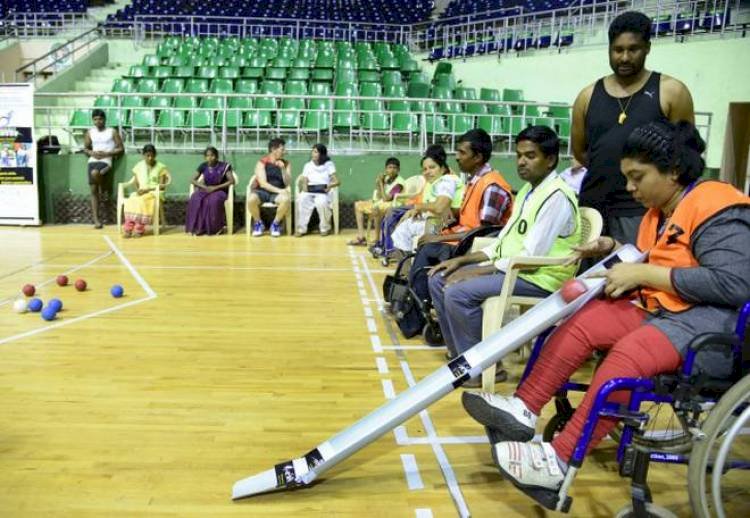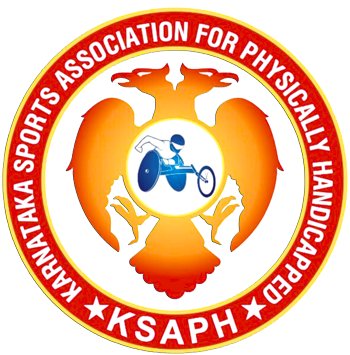Boccia
Boccia

Boccia was practised for many years as a leisure activity before being introduced at the New York 1984 Paralympics as a competitive sport. It is one of only two Paralympic sports that do not have an Olympic counterpart (goalball being the other) and is governed by the Boccia International Sports Federation (BISFed).
Boccia is a game of strategy and accuracy that was originally designed to be played by people with cerebral palsy. Now, the sport includes athletes with impairments that affect motor skills.
The sport is played on a flat, smooth surface, where players must throw or roll coloured balls as close as possible to a white target ball, known as the “jack.” The player, pair or team with the most balls near the jack is the winner.
The individual and pair matches consist of four ends, while team matches have six ends. After each end, the athlete, pair or team with the ball closest to the jack receive one point, and an additional point for every ball that is closer to the jack than their opponent’s.
Each athlete, pair or team “throws” six balls per end.
Classification
Boccia is split into four classes, BC1-4, where all players compete in wheelchairs due to severe co-ordination impairment affecting both legs and arms.
CLASSES
BC1 athletes have severe activity limitations affecting their legs, arms and trunk, and typically dependent on a powered wheelchair.
BC2 players have better trunk and arm function than those in class BC1. The abilities of their arms and hands often allow them to throw the ball overhand and underhand and with a variety of grasps.
BC3 class athletes have significant limitations in arm and leg functions, and poor or no trunk control. They are unable to consistently grasp or release the ball and are unable to propel the ball consistently into the field of play and allowed to use a ramp with the help of a Sport Assistant.
BC4 class contains players with non-cerebral impairments that also impact their co-ordination.
ELIGIBLE IMPAIRMENT TYPES
Impaired muscle power
Athetosis
Impaired passive range of movement
Hypertonia
Limb deficiency
Ataxia











